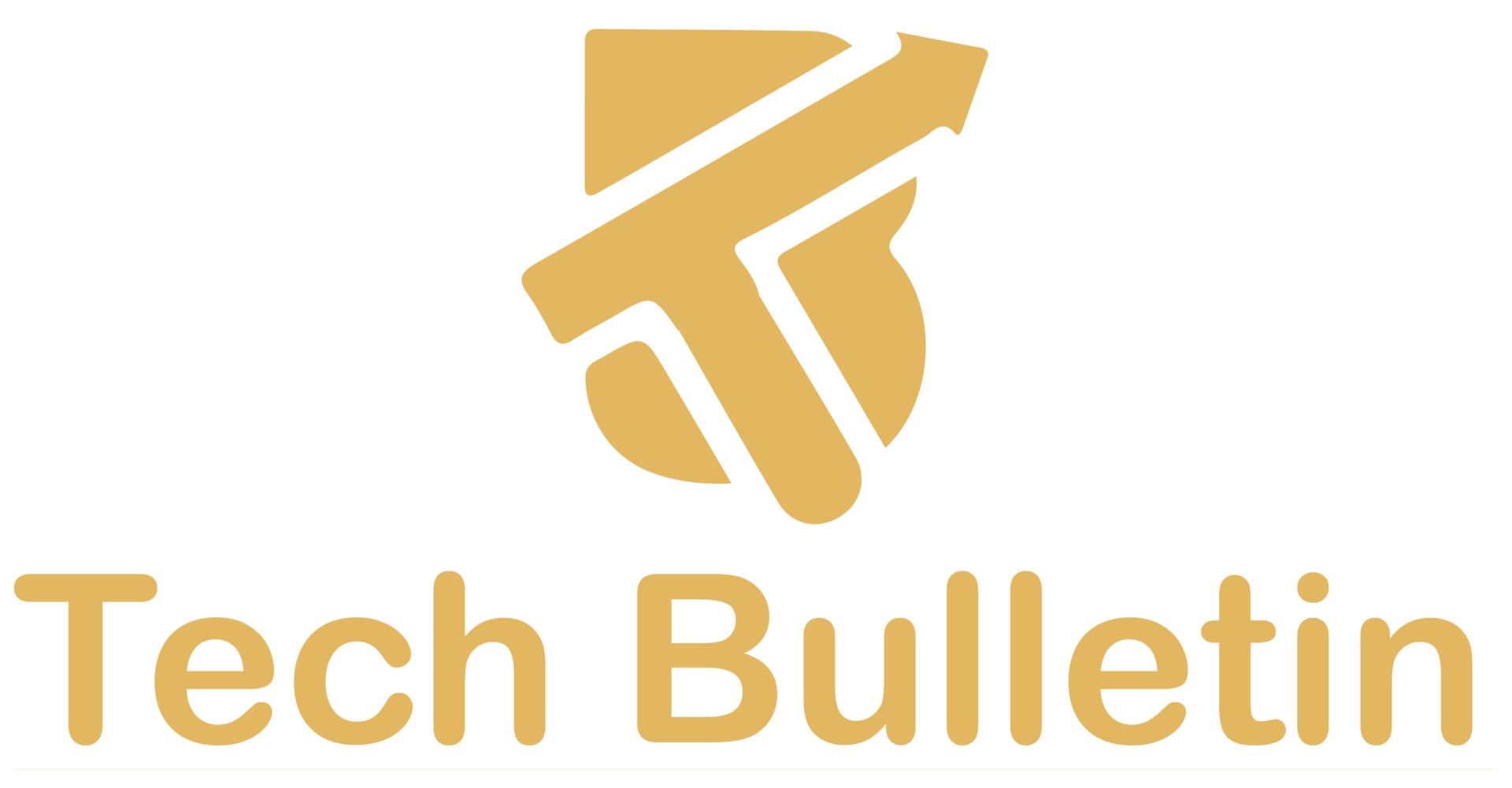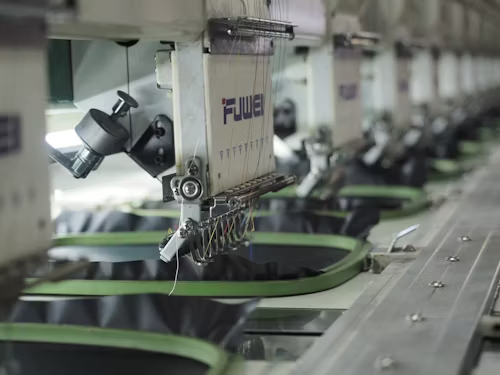Best AI Tools for Manufacturing: A Simple Guide to Smarter Factories

The sector of manufacturing is changing fast. Machines are getting smarter, production lines are becoming more efficient, and decision-making is increasingly data-driven.
At the center of this transformation is Artificial Intelligence (AI); the technology that allows computers to “think,” learn, and make predictions.
If you’ve ever wondered how factories can run themselves or how robots know when to adjust their tasks, this guide is for you. We’ll explain the best AI tools for manufacturing, why they matter, how they work, and how to choose the right one for your business.
Why AI Matters in Manufacturing
Manufacturing has always been about efficiency, precision, and cost control. AI brings all these together and takes them to the next level. Here’s how AI is making a difference:
- Predictive Maintenance: Traditional maintenance means fixing machines when they break. AI changes that. Using sensors and data, AI predicts when a machine is likely to fail, before it happens. This means fewer unexpected shutdowns and less money wasted on emergency repairs.
- Quality Control: AI systems can inspect products using cameras and algorithms to detect even the smallest defects that human eyes might miss. This ensures consistency and reduces waste.
- Smarter Design: With AI-driven design tools, engineers can enter goals (like weight, strength, or material) and let the computer suggest dozens of optimized designs automatically.
- Energy and Process Optimization: AI analyzes energy use, machine speed, and production flow to identify inefficiencies; helping factories save power and resources.
- Supply Chain Efficiency: AI predicts demand, tracks shipments, and identifies potential delays or shortages. The result: smoother production with fewer interruptions.
Types of AI Tools Used in Manufacturing
To understand which tools are “best,” it helps to know what kinds exist. Here are the main categories:
| Type of AI Tool | What It Does | Benefit |
|---|---|---|
| Predictive Maintenance Software | Analyzes sensor data to predict equipment failures | Less downtime, lower maintenance cost |
| Visual Inspection Systems | Uses AI-powered cameras to detect defects | Higher quality products |
| Generative Design Platforms | Suggests design alternatives based on goals | Faster innovation, lighter materials |
| Digital Twin Systems | Creates a virtual copy of your factory or machine | Test improvements safely before real-world changes |
| Supply Chain Optimization Tools | Forecasts demand and manages inventory | Fewer shortages, lower storage costs |
| Process Optimization Software | Improves workflow and scheduling | More output with less waste |
Top AI Tools for Manufacturing
Now, let’s look at some leading AI tools used by manufacturers worldwide. These examples aren’t ads, they simply show the kinds of systems available.
1. Siemens MindSphere
Siemens MindSphere connects machines, gathers data, and uses AI to analyze performance. It helps with predictive maintenance, energy efficiency, and process optimization. Many factories use it to reduce downtime and increase productivity.
2. IBM Watson for Manufacturing
IBM Watson applies AI and analytics to manufacturing data. It predicts demand, monitors quality, and provides insights to improve operations. Companies use Watson to make faster, more accurate decisions based on real-time data.
3. Autodesk Generative Design
Autodesk’s AI-driven design tool helps engineers explore thousands of possible designs quickly. It’s popular in manufacturing for creating lighter, stronger, and more cost-effective components.
4. Dassault Systèmes DELMIA
DELMIA helps create digital twins of factories; virtual models that simulate production lines, machine interactions, and human workflows. It’s a safe way to test new layouts or process changes without stopping real production.
5. Google Cloud AI for Industry
Google offers AI models that analyze factory data, predict maintenance needs, and optimize production schedules. It’s especially useful for companies that want scalable, cloud-based solutions.
6. Microsoft Azure AI
Azure AI provides tools for predictive maintenance, visual inspection, and process automation. Its easy integration with Microsoft’s cloud makes it suitable for both large manufacturers and smaller suppliers.
7. GE Digital Predix
Predix is designed for industrial analytics. It collects data from sensors and machines, helping operators predict failures, reduce energy usage, and optimize performance across an entire plant.
8. Rockwell Automation FactoryTalk Analytics
This AI platform offers data collection, visualization, and advanced analytics tailored for industrial settings. It helps engineers monitor machines and improve efficiency in real time.
9. Amazon Web Services (AWS) Machine Learning
AWS offers AI services that can power predictive maintenance, image analysis, and process optimization. Manufacturers can build custom AI models or use pre-trained ones to analyze production data.
10. Uptake
Uptake focuses on industrial AI for heavy industries like manufacturing, mining, and energy. It turns sensor data into insights about asset health, performance, and safety.
Each of these tools serves a specific purpose. The “best” one depends on your factory’s size, goals, and technical readiness.
How to Choose the Right AI Tool for Your Factory

Choosing the perfect AI system isn’t about finding the most expensive or advanced one; it’s about finding the right fit. Here’s how:
- Start with a Clear Goal: Do you want to reduce downtime, improve quality, or cut energy costs? Your goal determines the kind of AI tool you need.
- Evaluate Your Data: AI depends on good data. Check if your machines have sensors and if your data is accurate and well-organized.
- Check Compatibility: The new AI system should work with your existing software and machines. Integration is key to avoiding delays.
- Prioritize Ease of Use: Pick a tool your team can actually use. The interface should be intuitive, with clear dashboards and reports.
- Review the Vendor’s Support: A good vendor provides training, troubleshooting, and long-term updates.
- Start Small: Begin with one production line or process. Once you see success, expand gradually.
- Measure ROI (Return on Investment): Track improvements in cost, downtime, and productivity. The best AI tool should pay for itself over time.
Benefits of Using AI Tools in Manufacturing
Implementing AI can lead to major improvements, such as:
- Less downtime: Predictive maintenance prevents costly breakdowns.
- Better quality: Automated inspection catches flaws early.
- Faster production: AI finds ways to streamline workflows.
- Reduced waste: Smarter resource management saves materials and energy.
- Improved safety: AI systems can monitor conditions and prevent accidents.
- Informed decisions: Real-time insights help managers plan effectively.
Challenges of AI in Manufacturing
AI brings many benefits, but there are challenges too:
High initial cost:
One of the biggest challenges manufacturers face when adopting AI is the high initial investment. Implementing AI tools often requires new hardware, sensors, or upgraded production systems, along with the cost of software licenses.
Smaller manufacturers may find this barrier steep, but starting with pilot projects can help demonstrate return on investment before scaling up. Over time, the savings from improved efficiency and reduced downtime can outweigh the upfront cost.
Data privacy and security:
AI thrives on data, but that also makes cybersecurity a top concern. Connected systems, sensors, and cloud-based tools can expose factories to data breaches if not properly secured. Protecting sensitive operational data such as production details, supplier information, or design files.
Manufacturers must invest in strong encryption, secure networks, and regular system audits to ensure the integrity and safety of their data.
Workforce adaptation:
Another major challenge is helping employees adapt to AI-driven workflows. Many workers worry that automation could replace their jobs, which can lead to resistance.
In reality, AI is designed to assist, not replace, human workers; taking over repetitive tasks so people can focus on more strategic or creative work. Clear communication, proper training, and ongoing support are key to building trust and confidence in new technologies.
Complex integration:
Integrating AI systems with existing production equipment can be difficult, especially for factories still running on legacy machines. These older systems may not generate the data AI tools need, or they may lack compatibility with modern software.
To overcome this, manufacturers often use IoT devices or custom middleware that connects old equipment to new AI platforms. Careful planning and gradual integration are essential for minimizing disruption.
Ongoing maintenance:
Even after successful implementation, AI systems require regular updates and tuning. Machine learning models can drift over time as production conditions change, meaning their predictions may become less accurate.
To maintain performance, factories need dedicated teams or service providers to monitor, retrain, and update AI systems. Treating AI as an evolving tool, not a one-time setup ensures it continues delivering reliable insights and value.
Future of AI in Manufacturing
The future of manufacturing is undeniably smart. In the coming years, expect:
- More autonomous factories where machines communicate and self-optimize.
- Wider use of robotics and cobots (collaborative robots working safely with humans).
- AI-driven sustainability, helping factories reduce emissions and waste.
- Real-time decision-making, with data instantly turned into action.
- Integration of 5G, IoT, and AI, enabling faster and more connected systems.






